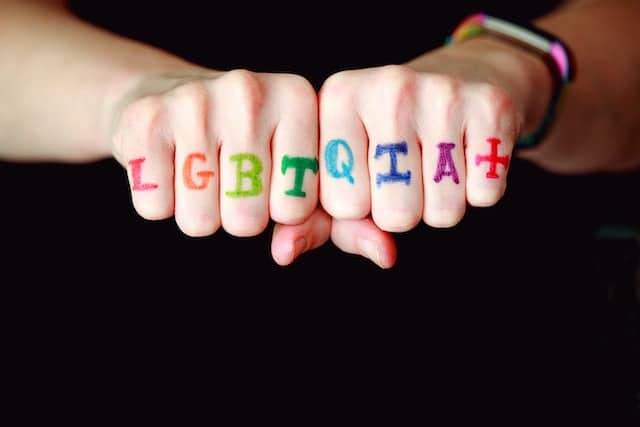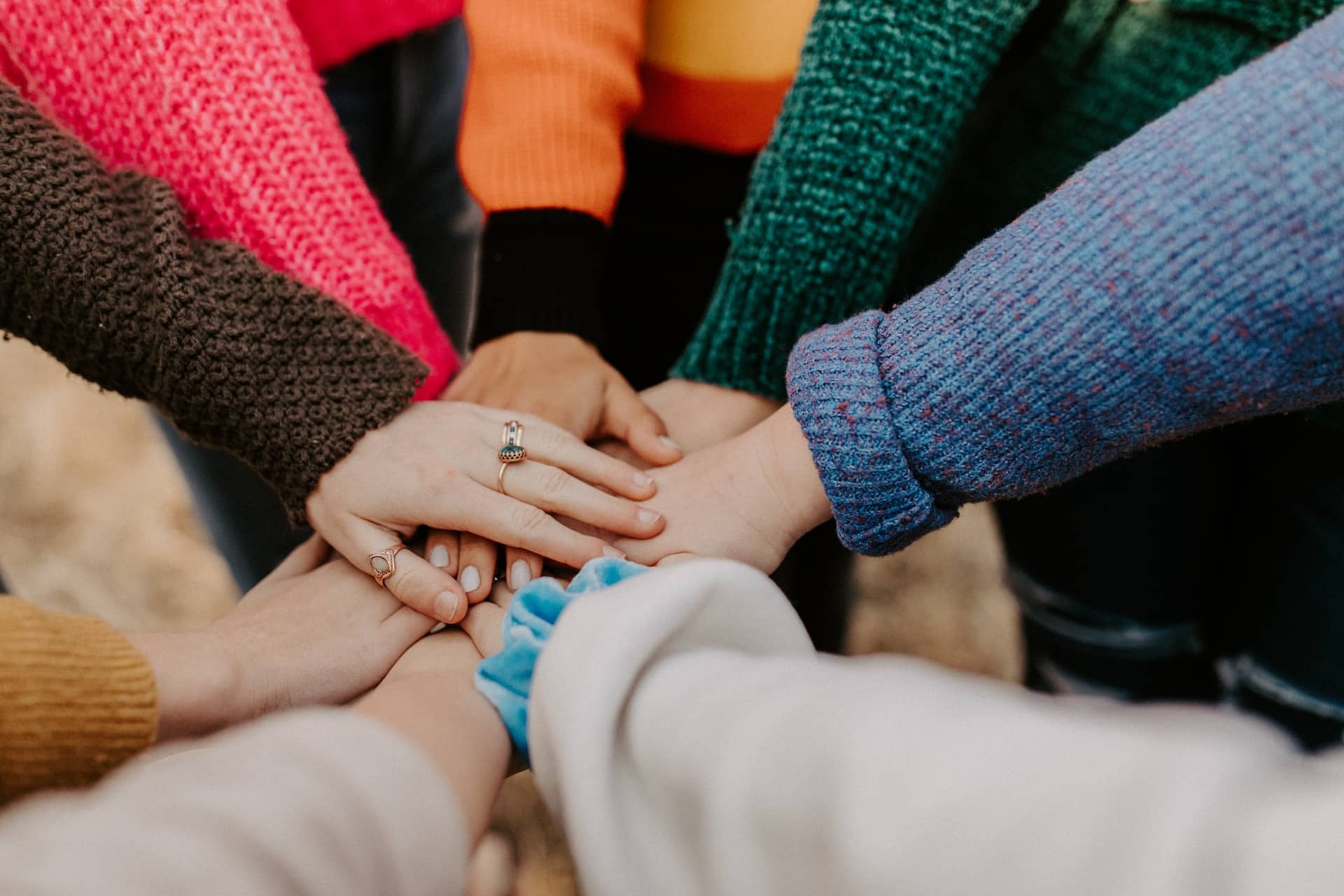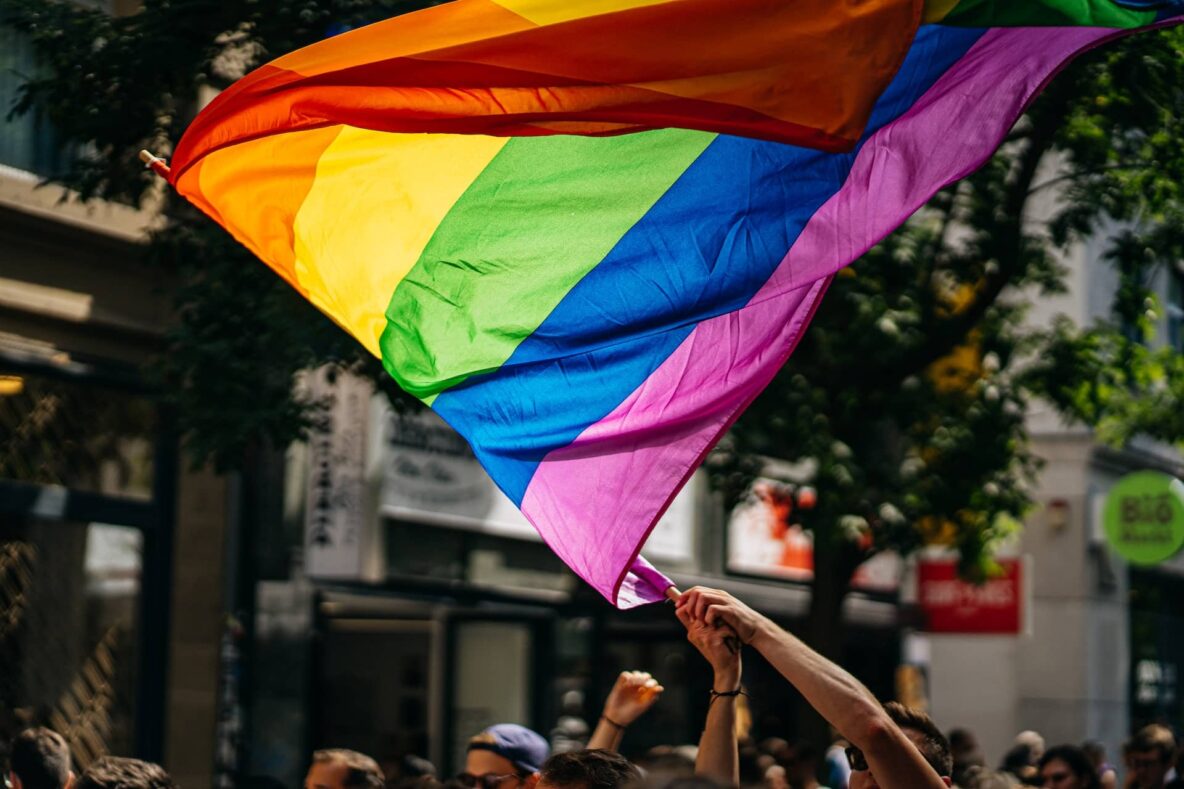Every queer person has a different relationship with their identity.
Some are raised in an accepting household where all orientations are celebrated. Others stay in the closet out of fear for their own safety. Regardless of environmental and cultural factors, many LGBTQ+ people experience internalized homophobia at some point in their life.
What is internalized homophobia?
Internalized homophobia can be categorized by “the (queer) person’s direction of negative social attitudes toward the self, leading to a devaluation of the self and poor self-regard.” During childhood, we receive messages about certain groups that hold different social value than others. Minority groups, in this case the queer community, can view heterosexuality as “normal” while they themselves are perceived as “wrong.” Internalized homophobia often causes mental distress, low self esteem, fear of discovery, identity denial, and mistrust of others in the community. Queer folks are subject to societal expectations that reinforce what is “right”, by being actively excluded from social policy, media representation, religious organization, and many more. As of 2023, There are 474 Anti-LGBTQ bills being considered across the U.S. Queer people may understandably feel the need to suppress their identity, or behave in ways that are ultimately damaging to the self. Internalized homophobia can manifest in a number of ways. Below are some common examples of what it may present as.
Queer Support Group with Psychotherapist Emily Chernow, Begins on July 11th, 2023.
Please find the Group Therapy Sign-up Form.
What does it look like?
Disgust for those more openly expressive in the LGBTQ community
Denial that homophobia is a serious societal issue that needs addressing
Making fun of/Ridiculing queer people
Inability to maintain a long term relationship
Excusing others’ homophobia
Experiencing shame and anxiety about your identity
Conforming to a heteronormative lifestyle
Withdrawal from friends and family
Suicidal thoughts
Trying to “pass” as straight
Risky sexual behavior
Wishing to be straight
Most LGBTQ+ folks realize they are queer around the age of 12, but don’t disclose until about 20. The expectation to conform, while living in certain areas that are less accepting, determine who engages in these above behaviors and to what capacity. Ultimately, LGBTQ+ people retain the sentiments of the environment around them and this informs their attitudes of queerness as a whole.

LGBTQIA+
Mental Health Effects
Until 1973, homosexuality was classified as a psychiatric disorder in the Diagnostic and Statistical Manual of Mental Health Disorders. While this change has shown progress, the LGBTQ+ community experiences mental health issues at an exponential rate in comparison to their straight counterparts. Queer people are 2.5 times as likely to have a mental health disorder, three times as likely to commit suicide, and twice as likely to have a substance use disorder. LGBTQ+ people are also more likely to be victims of violence, at greater risk for discrimination, abuse, and sexual abuse. Because of factors like internalized homophobia, these individuals might feel less inclined to report these instances due to low self esteem and excusing the homophobic actions. It is also worth noting many LGBTQ+ people are not raised by LGBTQ+ adults, some of whom are not accepting of their children. Without a proper support system, queer people may have a difficult time navigating the exploration of their identity.
What Can I Do?
It is important to remember- you are not alone. Many LGBTQ+ people have experienced some if not all of the feelings you currently have. Finding a positive sense of self is essential to recognizing your true identity. Learning to challenge intrusive thoughts about your orientation and restructure harmful patterns will assist in combating internalized homophobia. Familiarizing yourself with queer spaces is another step towards reducing anxiety. This can help create connections with LGBTQ+ people and provide exposure to others you may not have met previously. Most importantly, a queer affirming therapist can help further explore your thoughts and feelings. LGBTQ+ affirming therapy is a valuable tool to understand the root of your internalized homophobia. Alongside proper mental health intervention and support, queer people can navigate these issues without stigma.

Join the Group
Sources
Camp J, Vitoratou S, Rimes KA. LGBQ+ Self-Acceptance and Its Relationship with Minority Stressors and Mental Health: A Systematic Literature Review. Arch Sex Behav. 2020 Oct;49(7):2353-2373.
Xu, W., Zheng, L., Xu, Y. et al. Internalized homophobia, mental health, sexual behaviors, and outness of gay/bisexual men from Southwest China. Int J Equity Health 16, 36 (2017).
https://www.rainbow-project.org/internalised-homophobia/
https://www.samhsa.gov/data/sites/default/files/NSDUH-SexualOrientation-2015/NSDUH-SexualOrientation-2015/NSDUH-SexualOrientation-2015.htm
https://doi.org/10.1186/s12939-017-0530-1
https://www.psychiatry.org/psychiatrists/cultural-competency/education/best-practice-highlights/working-with-lgbtq-patients
https://www.pewresearch.org/social-trends/2013/06/13/chapter-3-the-coming-out-experience/
https://www.aclu.org/legislative-attacks-on-lgbtq-rights
By Psychotherapist Emily Chernow
